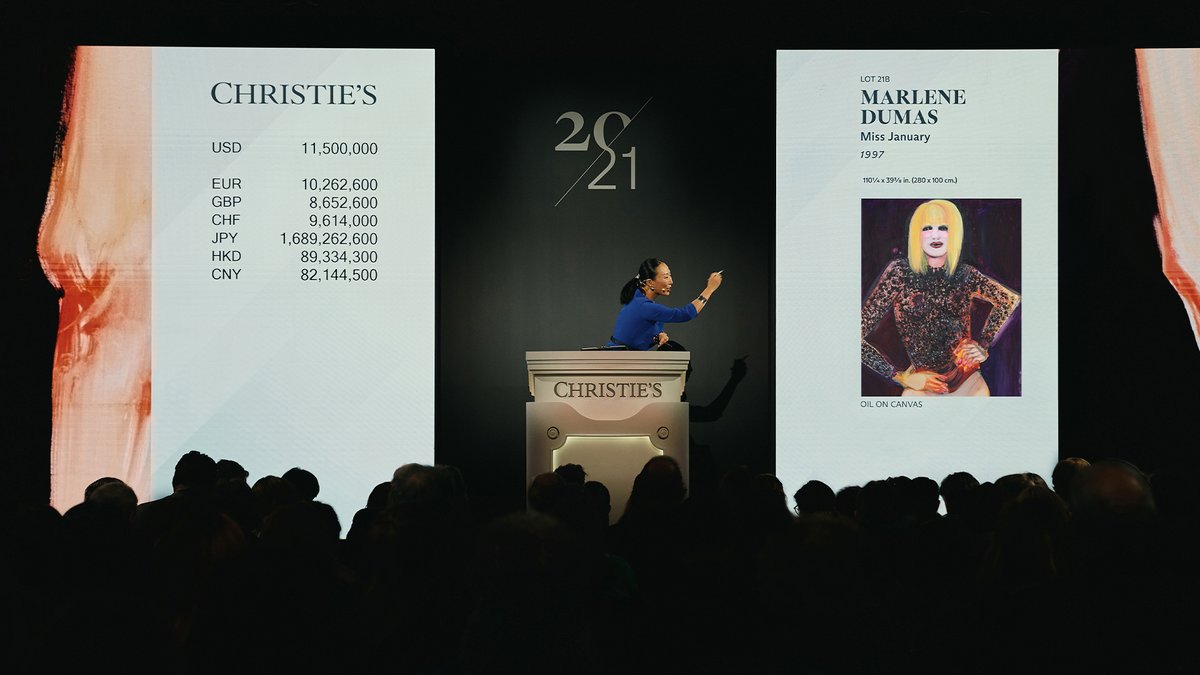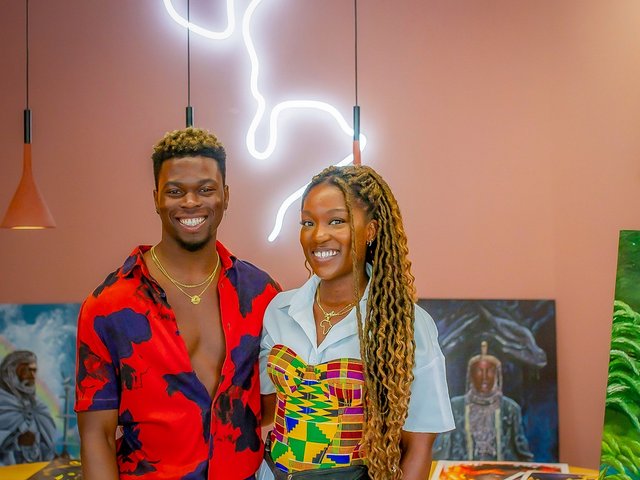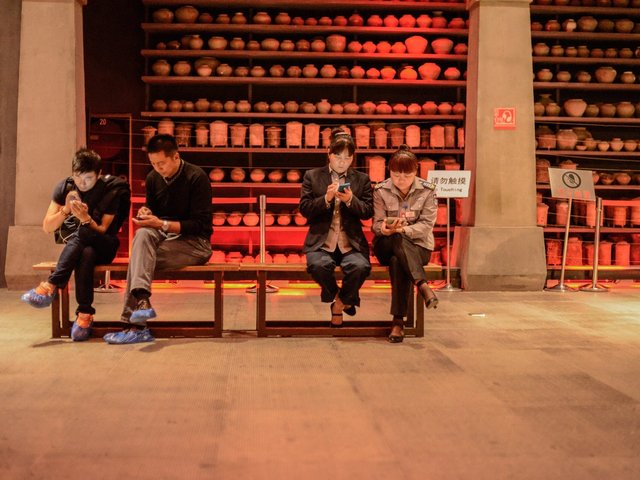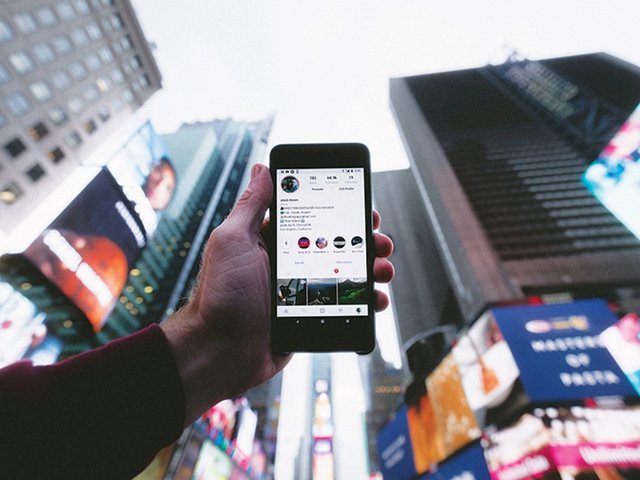A viral social media video published by Christie’s in May traces the royal lineage of a large, purple-pink diamond all the way back to Marie Antoinette. The slick production highlights paintings and photographs of the tale’s main protagonists, set to dramatic string music and a compelling voiceover delivered by Rahul Kadakia, Christie’s international head of jewellery.
The video has been played more than 125,000 times on TikTok and received more than 13,000 likes. On Instagram, it received 17,500 likes and was shared nearly 3,500 times. Another video from late last year, about the enormous egg of an elephant bird (an extinct giant flightless bird)—which is a much more lo-fi production—has been played more than 430,000 times on TikTok and had more than 26,000 likes.
With these very different videos both drawing in online crowds, what is the secret ingredient that has made them both so popular? “Our most recent success has come from narrative-led storytelling,” says Malia Makowicki, Christie’s global director of social media strategy. “Online audiences are looking for opportunities to learn more, discover insider knowledge and become armchair experts in their own right. Content that provides a more in-depth look into the art world is seeing the highest reach and engagement on our channels.”
Another popular video from last year (with almost 44,000 likes on Instagram) is an interview with Sylvette David, who was once the young muse of Pablo Picasso, demonstrating the importance of “access”, Makowicki says. She adds that “auction room action also always performs well”.
Instagram still on top
The main thing that ties all these posts together, though, is that they are all videos. “Video views are increasing,” Makowicki says. She is looking to focus more on YouTube and TikTok “as online search on those platforms rises in popularity and relevance with new audiences”.
Nonetheless, Instagram remains the main social media platform for Christie’s, with more than 1.3 million followers—far more than on its Facebook, TikTok and YouTube channels combined. And despite the recent decline in art sales, Makowicki says that Christie’s has not seen a dip in appetite for content around art compared with other categories.
Instagram was key to announcing the surprising result of Marlene Dumas’s Miss January (1997) sale in Christie’s 21st Century Evening Sale in New York in May, which broke the auction record for a living female artist. “Due to constraints, we were forced to get creative with our promotion and leveraged in-app tools, such as fonts, stories and link stickers, to drive traffic to our website, resulting in 23 times more website traffic from Instagram stories alone,” Makowicki says.
A growing aspect of social media in the art world is organisations partnering with influencers. “Correct alignment with our brand and our exceptional art and auctions is paramount,” Makowicki says. It is only “on occasion”, she adds, that art-world influencers are invited to Christie’s for private, specialist-led tours of sales. Influencer marketing has been central to industries like fashion, beauty and luxury for years, and is thus familiar to non-art categories at Christie’s.
“We recently hosted a successful event inviting tastemakers and influencers to our Rockefeller galleries [in New York] for an exclusive viewing of Iris Apfel’s collection. Partnering with renowned photographer Hunter Abrams, we invited guests to try on Apfel’s iconic glasses, bangles and jewellery—with permission from the estate—and capture their looks in front of a curated backdrop.”
Makowicki attributes this content to “a huge uptick in website traffic and sales interest”.






